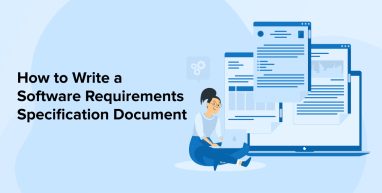
Software Requirement Specification (SRS) is nothing but detailed documentation that outlines the functional and non-functional requirements of the software application that is to be developed. The SRS document is created based on the basis of the agreement between the contractors and the customers. It also includes use cases for software system interactions.
SRS must be in line with other essential documents such as system requirements specifications and software design documents. Read this blog to learn more about the SRS document.
1. What is a Software Requirements Specification (SRS) Document?
The System Requirements Specification (SRS) is a very important document that focuses on what the software requires and how its requirements can be fulfilled. It enables the developers to create important groundwork that helps all the team members of that particular project to understand the crucial parts and requirements of the project easily. Basically, an SRS offers an outline of the functionalities, behaviors, and capabilities that are required in a particular system that the developers are going to create. It includes both functional and non-functional requirements. Besides this, SRS also includes design suggestions and information that are outside the customer’s requirements list.
Once the SRS is created, approval is taken from all the stakeholders and then the developers start working on it. Basically, it is a blueprint or roadmap for the software and it includes things like –
- Definition of the product’s purpose.
- Description of what the developers are creating.
- Detail the project requirements.
1.1 Why Use an SRS Document?
Using a System Requirements Specification (SRS) is very important as it ensures that all the technicalities that revolve around a particular project are very clearly specified. This helps reduce the time that goes behind the rework that is done after the stakeholders don’t like the project or when the developers forget to add something. Some of the major benefits of using SRS documents are –
- Breaking the Project into Smaller Parts: SRS generally contains a large amount of data about the project which can be broken down into smaller sections by the developers and then they can work on it to achieve the common goal and manage each part.
- Getting Valuable Customer Feedback: Once the software developers create an SRS, it is forwarded to the customers to get their confirmation and ensure that the developers have understood their project requirements correctly. If any changes are required, they are noted in the SRS and then the developers start working on the project according to the SRS. SRS can be in a visual format like a table or chart to display all the details with more clarity.
- Serving as a Parent Document of the Project: The Software Requirement Specification document is known as a parent document of any other documents of the project as all the other documents are created by following the SRS details. This means that the scope of the project and design specifications are created by leveraging the highlighted details of the SRS.
1.2 Benefits of Writing an Effective SRS
The good practice of the software requirement specifications enables the software developers to create a user-centric system and achieve the following advantages for developing custom software:
- SRS specifies the problem of the application that requires it to be changed according to the customers’ demand.
- It offers validations to the hierarchy of requirements and strategies of the development team.
- The SRS is a complete and accurate document of logical statements.
- It showcases the needs and preferences of the end-users.
- Its functional requirements give the best implementational approach to the software developers.
- SRS holds the technical requirements that show what the system is required to do.
1.3 Elements of a Software Requirements Document
Software Requirements Specification (SRS) is a type of document that should offer enough information to the software engineers so that they can create a solution perfectly as per the client’s needs. But the details in the SRS depend on the software development methodology selected by the developers for creating the project. Let us have a look at what kind of details are required in SRS for both Waterfall and Agile methods.
1. SRS in Waterfall Methodology
When the development team chooses the Waterfall method to create the software, it enables them to have more time to create the SRS document. This is perfect for projects that are not going to have requirement changes in the near future. But if any change in the requirement arises, updating SRS in the Waterfall method is expensive.
2. SRS in Agile Methodology
Agile is a method that implies that business analysts will take the client’s feedback iteratively and update the SRS after the feedback during the project’s course. With this method, the requirements remain flexible and changes are seen often which makes it difficult to create SRS. The SRS document in the Agile method includes the following things.
- Business Model: This explains the client’s business model that the developers will need to create the project. It includes the organizational context, business functions, process flow diagrams, and more.
- Product value: It specifies what the potential project will deliver. What type of problem will it solve and how will it improve the business’s market value?
- Motivation: This section specifies the details of why the client wants software for his company.
- Functional and Non-functional Requirements: It holds all the details in hierarchical documentation as per the type of requirements.
- System Qualities: It specifies all the details about the quality of the solution which are known as security, scalability, availability, and reliability.
- Assumptions and Constraints: This section of SRS highlights design constraints that will help the software engineers in removing their considerations if they are going to be a problem.
- Modeling Language (UML): It contains use case diagrams of the entire project which offer details about all the interactions that will take place in the system.
- Acceptance Criteria: This section holds the details of the criteria that satisfy the clients to accept the resulting product. In Agile, this is also carried out in iterations.
2. How to Write an SRS Document
If you have an intuition that the SRS document and product description are the same then probably this is one of the greatest misconceptions. Both things are different. The product description showcases details of the project and describes how it functions. On the other hand, the SRS description is more about how each functionality or feature in the entire application is developed and how it works. There is a standardized way of writing SRS documents, let us see each of them through a step-by-step method
2.1 Define the Purpose With an Outline
In order to start with an SRS document, the first step is to outline the purpose and establish an overview of what has to be included.
An SRS document is an overview that typically includes the following sections:
To start with it has an introduction, then you can add purpose, intended audience, intended use, project scope, definitions, and then an overall description of the software. You can also define user needs, and understand dependencies and system features and requirements. This consists of functional requirements, external software interface requirements, system features, and non-functional requirements.
Now when you are crafting a purpose, you must keep in mind to involve all the stakeholders, and users and design functionalities according to that. If you want to design a good purpose then make sure to include these two aspects in mind
- You must know the scope of the application, after knowing what value will the scope deliver.
- You must also know the target audience and showcase relevant reasons why and how developing this app will make users’ lives easier.
To simplify, these are the points to be included in.
In this Introduction section, we can take the following subparts
- Purpose
- Intended Users
- Scope
- Definitions and technical terminologies
2.2 Detail Your Specific Requirements
When you draft your project specifications, you must plan in order that your development team meets the criteria, we need to offer as many details as possible. This can be intimidating at first, but it becomes less so as you categorize your requirements. The requirements are divided into some of the following common categories:
- Functional Needs: Functional requirements are critical to your product because, as the name implies, they give some kind of functionality. You may also have requirements outlining how your software will interact with other tools, which leads us to external interface needs.
- Non-functional Needs: Nonfunctional needs are also equally considerable as functional requirements. Some of the major examples of non-functional aspects are the performance, quality, safety, and security of developed apps.
We can also say that depending on your industry, the importance and demand may vary. There are dynamic changes made in the different industries and sectors that demand the tracking and accounting of safety. - External Requirements: External interface requirements are a subset of functional requirements. When working with embedded systems, these are very critical. They describe how your product will interact with other parts.
- System Specifications: System features are an example of a functional need. These are the features that a system must have in order to work. This includes requirements surrounding users, their devices, operating systems, hardware, software, and several other functions.
2.3 Communication With A Stakeholder
There is a first layer often used to communicate with stakeholders. That layer should be transparent and uncomplicated. Here we want to know how this layer will help us to meet the needs of stakeholders regarding their product expectations. When you converse with the stakeholders and ask relevant questions you will get a hazy picture of their needs. However, this is an excellent start to conveniently move ahead and find what consumers actually want.
You initially start talking to the clients to showcase your idea during the Pre-Sale and Kick-Off call and see whether it is a good fit or not. To grasp the client’s notion, we try to crystallize even the smallest aspects of him or her.
However, simple communication does not provide enough information about the product’s target audience as well as their wants and needs. You also need to regularly update clients and then continue with the discovery step in order to make it apparent.
2.4 Define Your Product’s Purpose
In the above purpose section, we have tried and discussed how SRS establishes the firm’s expectations that we will meet throughout the SRS. When identifying this objective, keep the following points in mind:
- Intended Audience and Purpose: You need to define who will have access to the SRS and how they will use it in your organization. Developers, testers, and project managers may be included. Stakeholders from other areas including leadership teams, sales, and marketing could also be included. Defining this now will result in less work later.
- Product Description: What are the intended benefits, objectives, and goals for this product? This should be related to overall business goals, particularly if teams other than development will have access to the SRS.
- Definitions and Abbreviations: It is critical to define all the technical terminologies and terms for users to sound relevant. You can simplify the terms and put them into the form of a glossary for users to understand what it means and where to use them.
2.5 Getting the Approval
The moment you get done drafting your SRS document, it is now time to check whether you have included all of the relevant elements or not. You’ll need to present it to your stakeholders and get it approved. You’ll almost have to present to all stakeholders engaged in the development, software design, and testing stages. If you haven’t articulated enough, delegate this task to the most capable members of your team.
Be prepared for them because there can be many modifications or adjustments when they review it. You might have to amend the documents to see what changes it reflects. It will be careless not to include any updates, and the final product may suffer as a result.
3. Methods to Collect Information for SRS
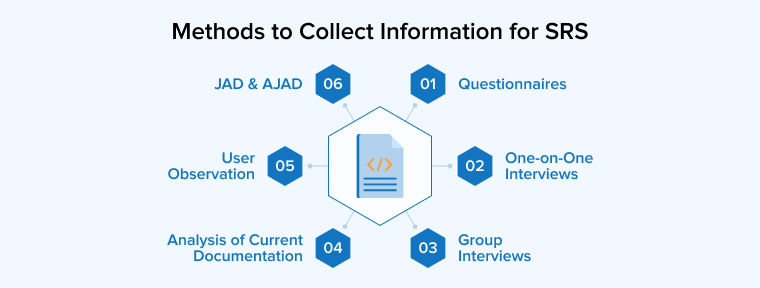
Information gathering is one of the most important factors in the software requirement specification process to ensure the project’s success. There are different methods to ensure the development team receives the optimal requirements. Here are some of these methods:
3.1 Questionnaires
With questionnaires or surveys, data analysts can collect information from a large number of audiences in a relatively shorter period. This method is helpful when you have stakeholders in different geographical locations. The questionnaires focus on asking questions about the project objectives and end users’ requirements. The questions can be like – What features do you need in the system? Who will deliver the input and output details for the features? What will be the outcome of the system? What next is in line?
3.2 One-on-One Interviews
One-on-one interviews can help in identifying the prime functionalities that users will want in the system. The purpose of the interview is to ask open-ended questions that help obtain valuable information from various individuals about the current system and their expectations of the new system.
3.3 Group Interviews
Conducting group interviews of people from the same position helps in gathering information much faster than one-on-one interviews. With group interviews, more thoughts can be generated, and a clear perspective can be identified from the entire team who is going to use the system.
3.4 Analysis of Current Documentation
Analyzing the system’s current documentation is a useful technique for collecting SRS information as it gives a clear idea of the working pattern of the business that is going to use the new software system. It also presents the details about the stakeholders involved in the system. This can help the analysts prepare interview questions or surveys for the stakeholders and get additional requirements.
3.5 User Observation
Interviews and questionnaires provide user feedback based on the questions asked by the software development team, but direct user observation can give precise and well-suited requirements that the team is looking for. To get a better understanding of the working style of the business or the current system they are using, the analyst can observe the user. This method enables validating the previously collected data and collecting the correct requirements for creating a system.
3.6 JAD & AJAD
Joint Application Development (JAD) is a contemporary method of collecting information introduced to solve users’ problems. It reduces 40% of the time as the users, and the key members of the system are involved in the process. The aim of this method is first to get the right design and then reduce different iterations.
Automated Joint Application Development (AJAD) is a newer method to collect SRS information. The goal is to encourage team interaction and keep technology as the centerpiece. Using AJAD, the analyst can identify business activities and data to display results.
4. Conclusion
A software requirement specification document is a must when the software development company is creating a new project. It is useful for both the customers and the development team, as it results in the system’s outcome. The above-listed points can help follow good practices of the SRS, which can eventually benefit the successful development of the project as per the user’s requirements.


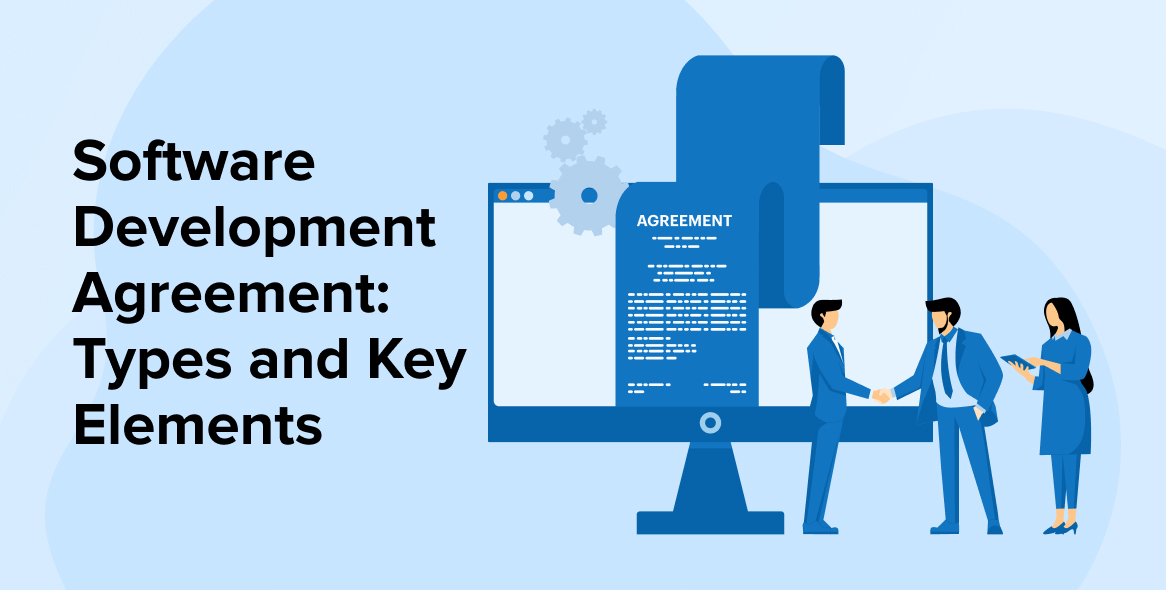
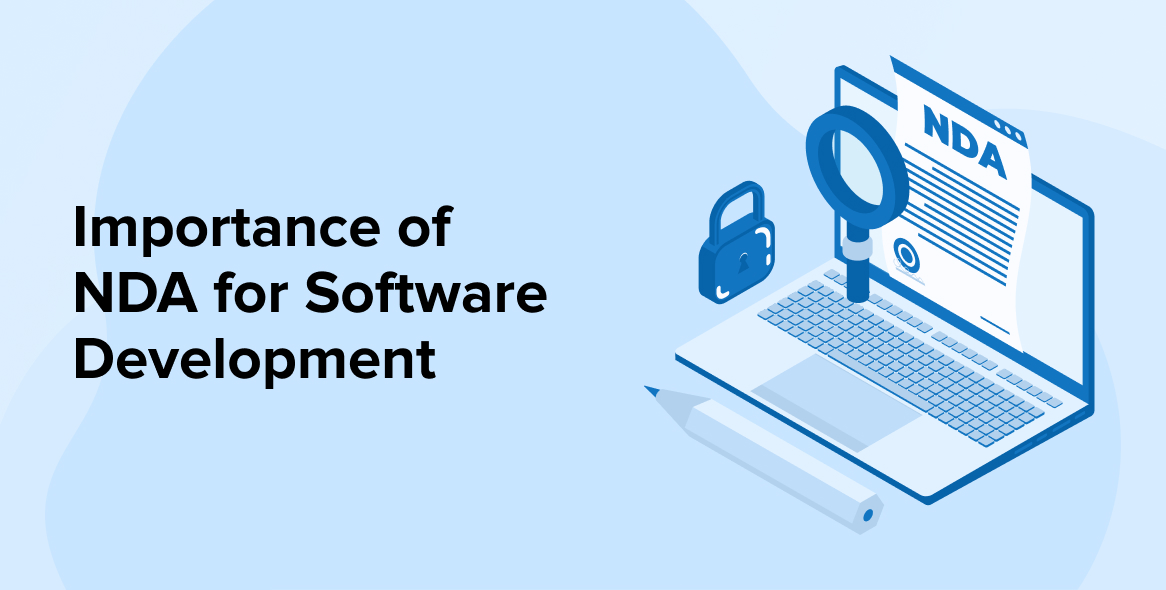
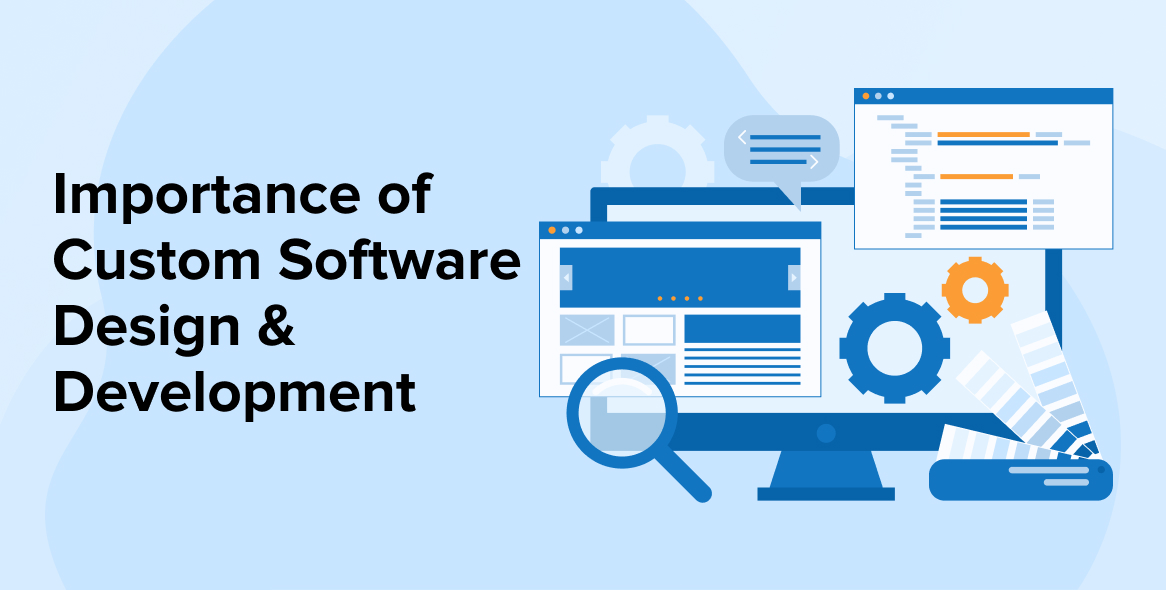

As we know Software development is a complex process. It contains multiple processes within itself. Hence proper documentation of all these processes is very necessary. For covering a detailed description of the technical specifications and requirements of an app or software SRS document is very necessary. Once you have all specifications in an SRS, you can easily manage them throughout your development process.
Writing an SRS document is a very essential process while you are considering software development. This article is very helpful for anyone who wants to write an SRS document. This article will help you create a comprehensive SRS that covers business characteristics, technical details, and user data will pay off with a stunning product that meets your expectations.